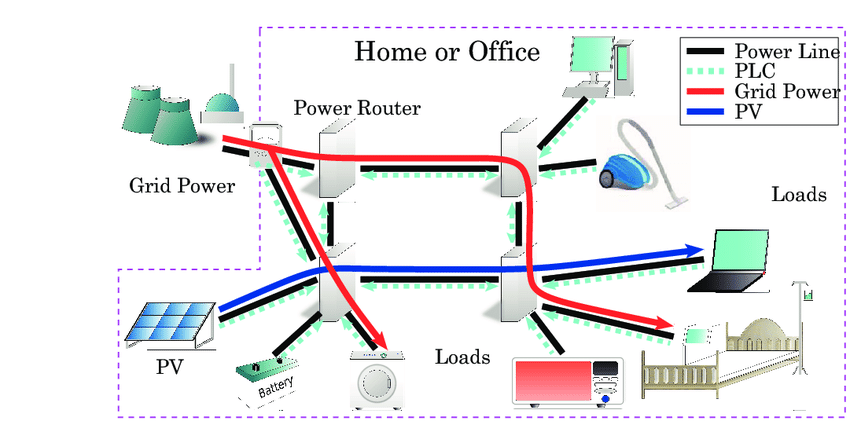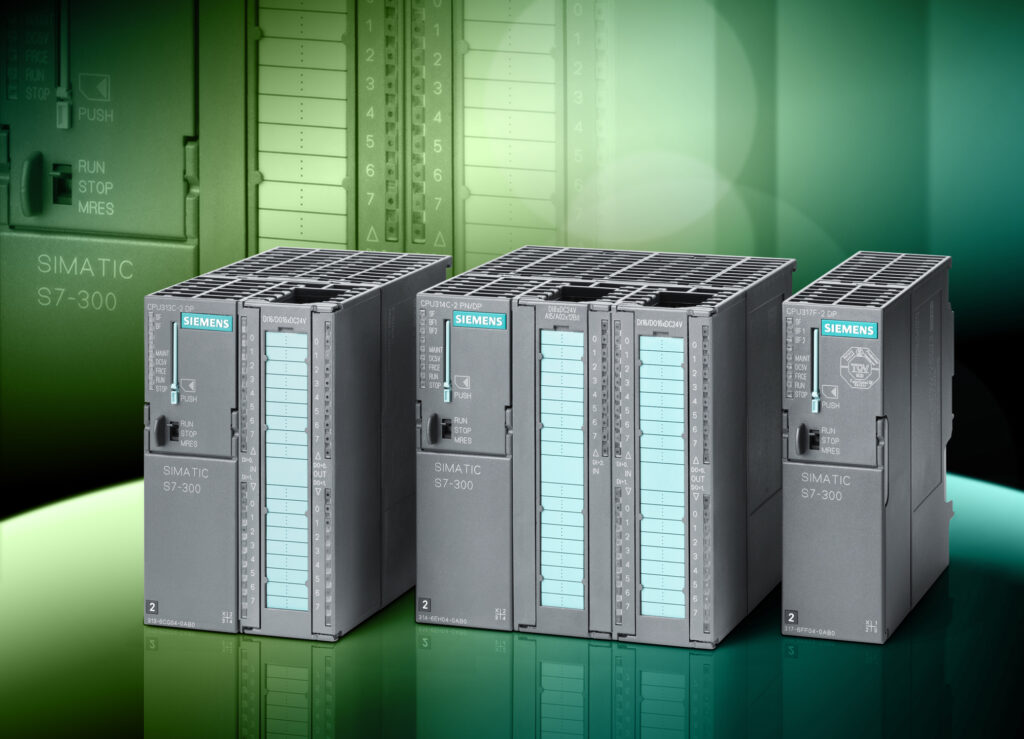Siemens S7-300 Automation Optimization
Introduction:
In the realm of industrial automation, precision and efficiency are paramount. At the core of many automation systems lies the programmable logic controller (PLC), a sophisticated device pivotal in orchestrating machinery and processes with meticulous accuracy. Among the industry’s leading PLC modules stands the Siemens S7-300, renowned for its performance and versatility.
Evolution of PLC Technology:
The evolution of PLC technology from rudimentary relay-based systems to the sophisticated modules of today underscores the relentless innovation in industrial automation. Siemens has played a pivotal role in this evolution, spearheading advancements that have redefined manufacturing and industrial processes worldwide.
Features and Specifications:
The Siemens S7-300 PLC module boasts an impressive array of features tailored to meet the diverse demands of industrial applications. Its modular design facilitates scalability and customization, while its high-speed processing capabilities ensure real-time control and responsiveness—a critical requirement in applications where precision is paramount. With an extensive range of digital and analog input/output (I/O) options, the S7-300 offers flexibility in interfacing with various sensors, actuators, and devices. Moreover, its built-in communication ports facilitate seamless integration with other automation components, enabling efficient data exchange and system interoperability.
Applications:
The versatility of the Siemens S7-300 PLC module renders it indispensable across a spectrum of industries and applications. For instance:
- Manufacturing: In automotive assembly lines, the S7-300 optimizes production processes, ensuring smooth operation and high throughput. For example, a ladder diagram program could control conveyor belts, robotic arms, and quality inspection stations to automate assembly tasks efficiently.

- Energy: Power distribution systems rely on the S7-300 for efficient control of generation, transmission, and distribution processes. A ladder diagram program could monitor and control generators, transformers, and switchgear to ensure stable and reliable power supply.

- Transportation: Railway signaling systems leverage the S7-300 for precise control of track switches and signals. A ladder diagram program could manage track occupancy, train movement, and signaling to ensure safe and efficient railway operations.

- Building Automation: HVAC systems in commercial buildings are controlled by the S7-300 to optimize energy consumption while maintaining occupant comfort. A ladder diagram program could regulate temperature, airflow, and humidity levels based on occupancy and environmental conditions.

Programming and Development:
Programming the Siemens S7-300 PLC module is facilitated by the comprehensive STEP 7 software suite. Engineers and developers benefit from a range of programming languages, including ladder logic—a graphical programming language that resembles relay logic diagrams. Ladder diagram programs are intuitive and easy to understand, making them ideal for controlling industrial processes. For example, a simple ladder diagram program to control a motor might consist of rung elements representing inputs (e.g., start and stop buttons), outputs (e.g., motor contactor), and logic elements (e.g., coil and relay).
Integration and Connectivity:
Seamless integration with other automation components and systems is a hallmark of the Siemens S7-300 PLC module. It supports industrial communication protocols such as PROFINET and PROFIBUS, facilitating interoperability with a wide range of devices and systems. Additionally, the S7-300 can interface with Human-Machine Interface (HMI) devices, enhancing user experience and productivity. Its connectivity options, including Ethernet and serial communication, enable remote monitoring and control, empowering organizations to manage operations from anywhere.
Advantages and Benefits:
Adopting the Siemens S7-300 PLC module for industrial automation projects offers numerous advantages. Its rugged design ensures reliability and durability in harsh operating environments, minimizing maintenance and downtime. Scalability allows users to expand their control systems as needed, protecting their investment and future-proofing their infrastructure. The intuitive programming environment and extensive documentation simplify development and troubleshooting, enabling users to achieve optimal performance and efficiency. Ultimately, the Siemens S7-300 PLC module empowers organizations to enhance productivity, reduce costs, and maintain competitiveness in today’s dynamic marketplace.
Case Studies:
Real-world examples abound of successful implementations of the Siemens S7-300 PLC module across various industries. For instance:
- Automotive Manufacturing: A leading automotive manufacturer achieved a 20% increase in production throughput by upgrading its assembly line with the Siemens S7-300 PLC module, resulting in significant cost savings and improved delivery times.
- Food Processing: A food processing plant enhanced its quality control measures by implementing the S7-300 for precise monitoring and regulation of temperature, humidity, and pressure, leading to a reduction in product defects and recalls.
- Renewable Energy: A solar power plant improved its operational efficiency by integrating the S7-300 into its monitoring and control systems, enabling real-time optimization of solar panel orientation and output, maximizing energy production.
- Building Management: A commercial office complex reduced its energy consumption by 15% through the implementation of the S7-300 for intelligent control of HVAC, lighting, and occupancy sensors, resulting in substantial cost savings and improved sustainability metrics.
Conclusion:
In conclusion, the Siemens S7-300 PLC module epitomizes Siemens’ commitment to innovation and excellence in industrial automation. With its advanced features, robust performance, and seamless integration capabilities, the S7-300 empowers organizations to unlock new levels of efficiency, precision, and reliability in their operations. As industries continue to evolve, the Siemens S7-300 PLC module remains a trusted ally for those seeking to stay ahead of the curve and achieve their automation objectives.
Resources and Further Reading:
For those seeking deeper insights into the Siemens S7-300 PLC module and its applications, a wealth of resources is available. Siemens offers comprehensive user manuals, technical documentation, and training materials to support engineers, developers, and automation professionals in harnessing the full potential of the S7-300. Additionally, online forums and communities provide opportunities for knowledge sharing and collaboration among peers in the field of industrial automation.

